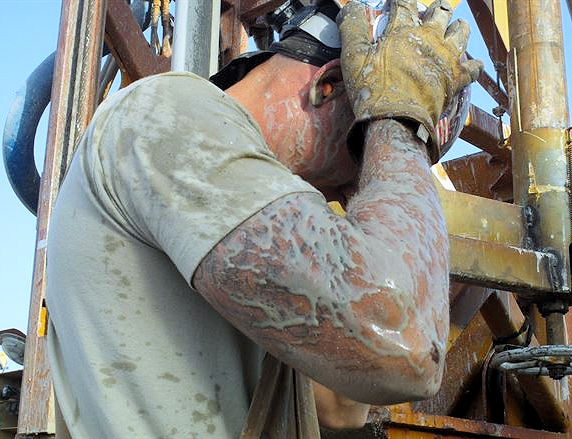Right to Refuse Dangerous Work
Workers have the right to refuse to do a job if they believe in good faith that they are exposed to an imminent danger. "Good faith" belief means that even if an imminent danger is not found to exist, the worker had reasonable grounds to believe that it did exist.
Your right to refuse to do a task is protected if ALL of the following four conditions are met:
- Where possible, you have asked the employer to eliminate the danger, and the employer failed to do so.
- You refused to work in "good faith." This means that you must genuinely believe that an imminent danger exists.
- A reasonable person would agree that there is a real danger of death or serious injury.
- There isn't enough time, due to the urgency of the hazard, to get it corrected through regular enforcement channels, such as requesting an OSHA inspection.
Knowledge Check Choose the best answer for the question.
2-10. As a worker, when do you have a right to refuse to do a job?
You forgot to answer the question!

